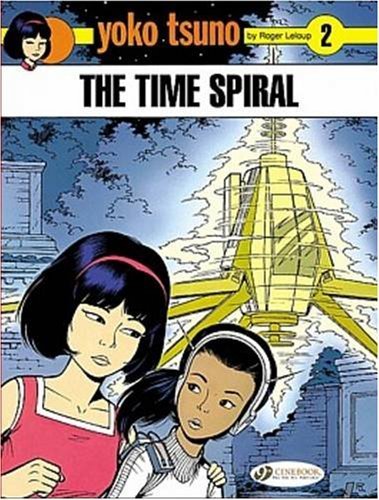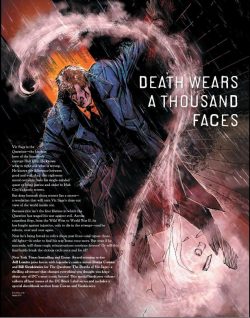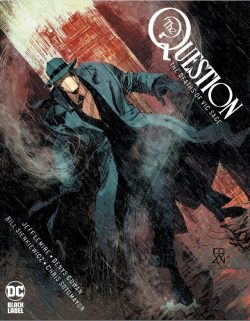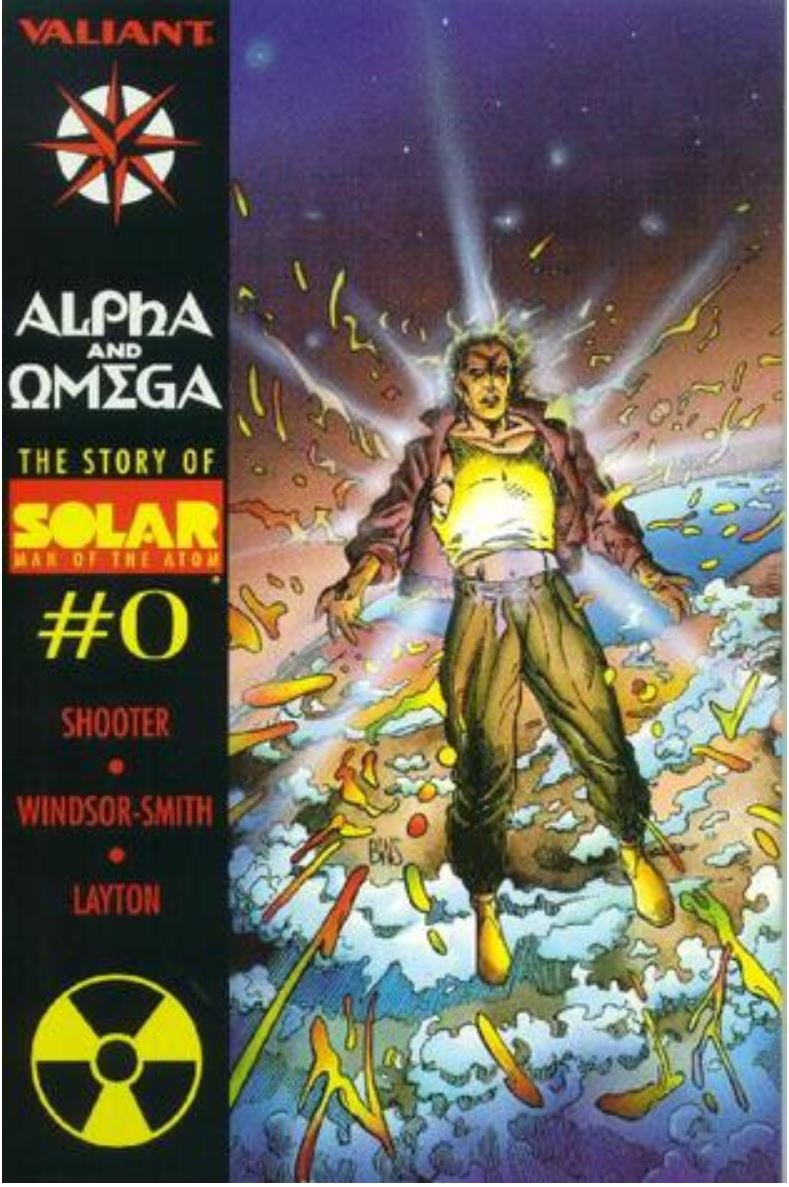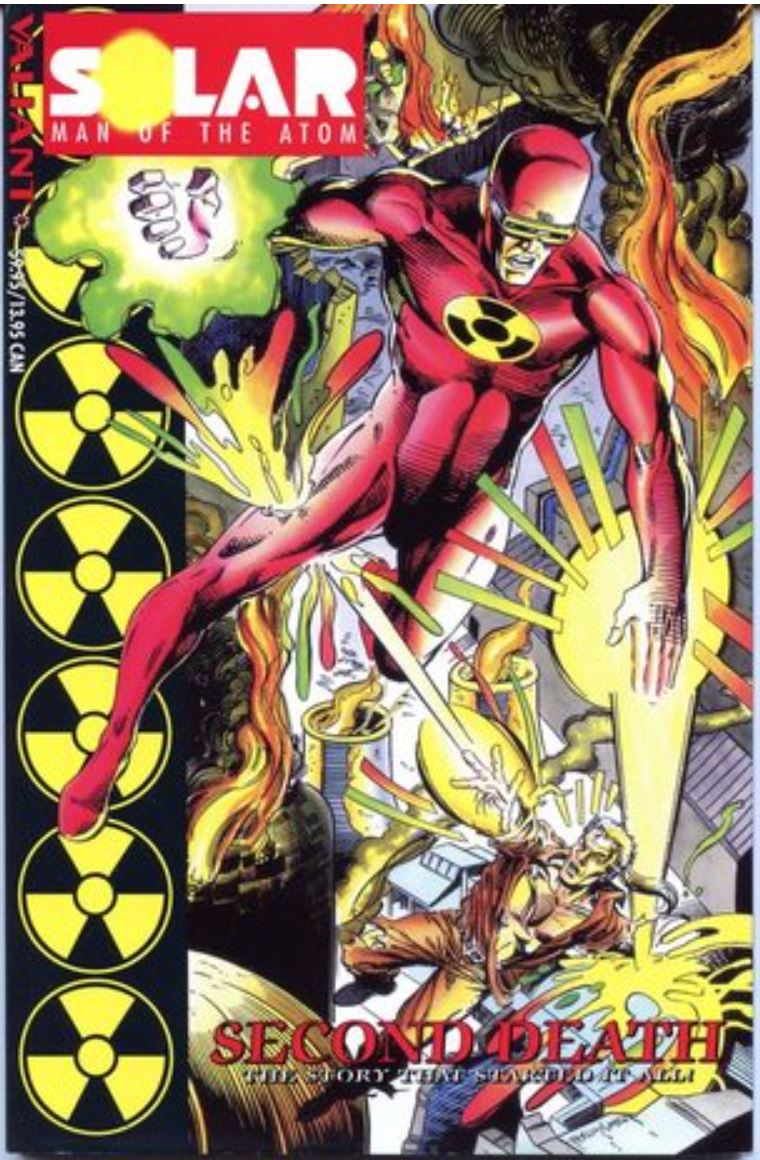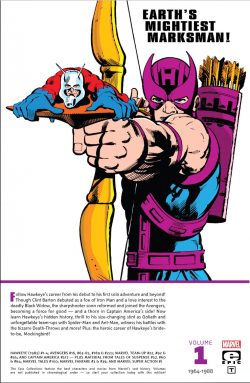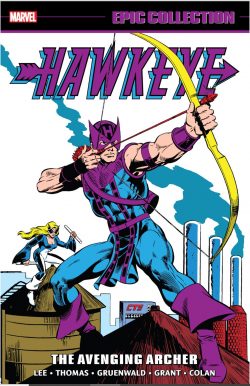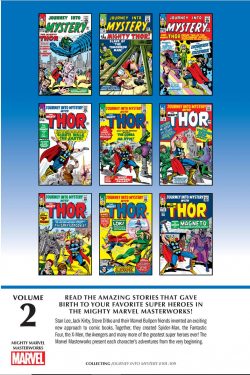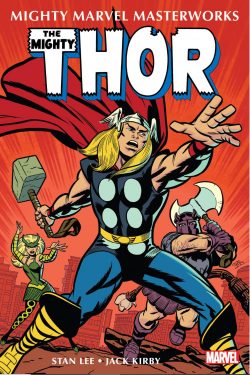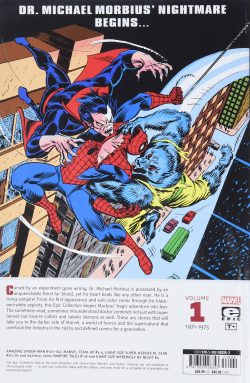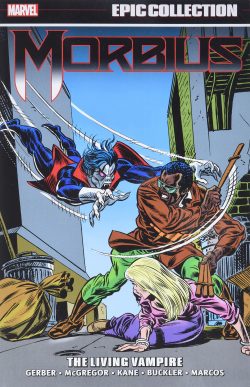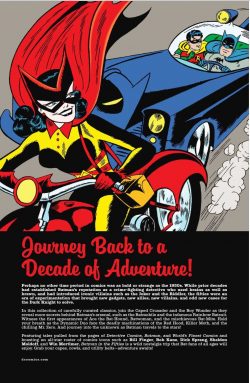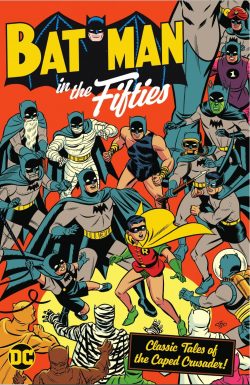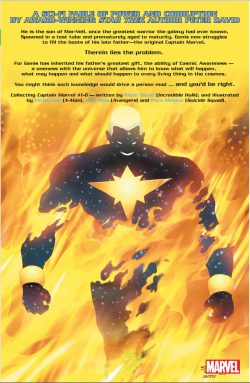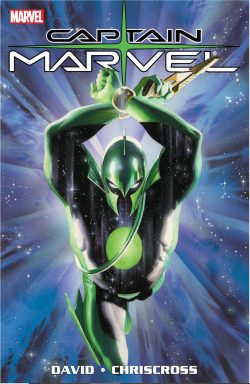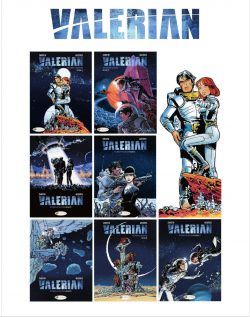

By J-C Méziéres & P Christin with colours by E. Tranlé: translated by Jerome Saincantin (Cinebook)
ISBN: 978-1-84918-400-7 (Album HB/Digital edition)
Valérian: Spatio-Temporal Agent first took to the skies and timestream in 1967: gracing the November 9th edition of Pilote (#420) in an introductory serial which ran until February 15th 1968. Although an instant hit, album compilations only began with second tale – The City of Shifting Waters – as the creators considered their first yarn as a work-in-progress, not quite up to their preferred standard.
You can judge for yourself by getting hold of the first hardcover compilation volume in this sequence of compilations Or you can consider yourself suitably forward-looking and acquire an eBook edition…
The groundbreaking fantasy series followed a Franco-Belgian boom in science fiction comics sparked by Jean-Claude Forest’s 1962 creation Barbarella. Other notable hits of that era include Greg & Eddy Paape’s Luc Orient and the cosmic excursions of Philippe Druillet’s Lone Sloane, which all – with Valérian in the vanguard – boosted public reception of the genre. It all led, in 1977, to the creation of dedicated fantasy periodical Métal Hurlant…
Valérian and Laureline (as the series became) was light-hearted and wildly imaginative: a time-travel action-adventure romp drenched in wry, satirical, humanist and political social commentary. The star was – at least initially – an affable, capably unimaginative, by-the-book cop tasked with protecting universal timelines and counteracting paradoxes caused by casual, incautious or criminally-minded chrononauts…
In the course of that debut escapade, Valerian picked up impetuous, sharp-witted peasant lass Laureline, who was born in the 11th century before becoming our star’s assistant and deputy. In gratitude for her truly invaluable assistance, the he-man hero brought her back to Galaxity, the 28th century super-citadel administrative capital where the feisty firebrand took a crash course in spatiotemporal ops before accompanying him on his cases…. luckily for all existence.
The series is not only immensely popular but also astoundingly influential.
This fabulous fifth oversized hardback – also available digitally – re-presents 1988’s On the Frontiers, 1990’s The Living Weapons and 1994’s The Circles of Power, and again offers a treasure trove of text features, beginning with critical appraisals ‘Valerian and Laureline: The Stuff of Heroes’; ‘Valerian, the Accidental Hero’; ‘Laureline, Bewitching and Wise’ and ‘The Heroes’ Metamorphosis’ by Stan Barets. Accompanying them are clip-art photo features ‘The Secret Charms of Laureline’, ‘The Colours of Laureline’ and essay ‘And Meanwhile…’ (detailing the creative duo’s other occupations at the time of creation).
A flurry of photos, sketches, designs and reference material detail the connections between comic album The Circles of Power and movie epic The Fifth Element in ‘A Taxi for Two’, and rounding out the extras is a selection of reportage comics by inveterate traveller Christin, illustrated by Philippe Aylmond, Alain Mounier, Enki Bilal, Méziéres, Olivier Balez and Max Cabanes.
Then, following a retrospective overview of the albums, it’s time to blast-off…
Valerian is arguably the most influential science fiction series ever drawn – and yes, I am including both Buck Rogers and Flash Gordon in that undoubtedly contentious statement. Although to a large extent those venerable newspaper strips formed the medium’s foundations, anybody who has seen a Star Wars movie has seen some of Jean-Claude Méziéres & Pierre Christin’s brilliant imaginings which the filmic franchise has shamelessly plundered for decades: everything from the look of the Millennium Falcon to military uniforms to Leia’s Slave Girl outfit…
Simply put, more carbon-based lifeforms have experienced and marvelled at the uniquely innovative, grungy, lived-in tech realism and light-hearted, socially-critical swashbuckling of Méziéres & Christin’s co-creation than any other cartoon spacer ever imagined. Now having scored their own big budget movie, that surely unjust situation is finally addressed and rectified…
Packed with cunningly satirical humanist action, challenging philosophy and astute political commentary, the mind-bending yarns always struck a chord with the public and especially other creators who have been swiping, “homaging” and riffing off the series ever since.
Sur les frontiers (On the Frontiers to English-speakers) was the 13th tale and marked a landmark moment in the series’ evolution.
When first conceived, every adventure started life as a serial in Pilote before being collected in album editions, but with this adventure from 1988, the publishing environment changed. This subtly harder-edged saga debuted as an all-new, complete graphic novel with magazine serialisation relegated to minor and secondary function. The switch in dissemination affected all top characters in French comics and almost spelled the end of periodical publication on the continent…
In the previous storyline the immensity of Galaxity had been erased from reality and our Spatio-Temporal Agents – with a few trusted allies – were stranded in time and stuck on late 20th century Earth…
Here, and now, we open in the depths of space as a fantastic and fabulous luxury liner affords the wealthy of many cultures and civilisations the delights of an interstellar Grand Tour. Paramount amongst guests are two god-like creatures amusing themselves by slumming amongst lower lifeforms whilst performing an ages old, languidly slow-moving mating ritual of their kind…
Sadly, puissant, magnificent Kistna has been utterly deceived by her new intended Jal. He actually has no interest in her or propagating the species: he intends stealing her probability-warping powers…
Jal is a disguised Terran and once he has completed his despicable charade, compels the ship’s captain to leave him on the nearest world: a place its indigenes call Earth…
Stranded on that world since Galaxity vanished, partners-in-peril Valerian and Laureline have been using their training and a few futuristic gadgets they had with them to become freelance secret agents. At this moment they’re in Soviet Russia where Val has just concluded that the recent catastrophic meltdown of the Chernobyl nuclear reactor was deliberately sparked by persons unknown…
As officials on site absorb the news, Val is extracted from the radioactive hotspot and ferried by laborious means across the frozen wastes to Finland and a belated reunion with Laureline and Mr. Albert: previously Galaxity’s jolly, infuriatingly unflappable 20th information gatherer/sleeper agent. The topic of discussion is tense and baffling: who could possibly profit from sparking Earth’s political tinderbox into atomic conflagration?
Far away in a plush hotel, a man with extraordinary luck discusses a certain plan with his awed co-conspirators, unaware that in the Tunisian Sahara near the frontier with Libya, three time-travelling troubleshooters are following his operatives…
That trail leads to a nuclear mine counting down to detonation, but happily the agents are well-versed in tackling primitive weaponry and the close call allows Albert to deduce why Libya and an unknown mastermind are working to instigate nuclear conflict in Africa…
After another near-miss on the US-Mexican border, investigators finally get a break, isolating the enigma behind these many almost-Armageddon moments. However, when Laureline approaches the super-gambler financing global nuclear terrorism through his bank-breaking casino sprees, she is astounded to realise the deadly disaster capitalist knows Galaxity tech…
As Valerian hurtles to her rescue, he discovers the enemy is an old comrade. For what possible reason could a fellow Galaxity survivor orchestrate Earth’s destruction? After all, isn’t it the home and foundation of the time-travelling Terran Empire they are all sworn to protect and restore?
This stunning caper was Christin & Méziéres deft re-rationalisation and clarification of their original drowned Earth storyline (as seen in 1968’s The City of Shifting Waters): adjusting it to the contemporary period that they were working in, with the added benefit of sending Valerian and Laureline into uncharted creative waters. Thus the agents’ solution to the problem of their deranged, broken – and god-powered – comrade was both impressively humane and winningly conclusive…
It was followed by 1990’s Les Armes Vivantes, with Valerian and Laureline forced to expend their last assets – a damaged astroship, some leftover alien gadgets and their own training – to eke out a perilous existence as intergalactic trans-temporal mercenaries.
Despite the misbehaviour of fractious inter-dimensional circuits in the much-travelled ship, our celestial voyagers are bound for distant, disreputable planet Blopik where Val has agreed to hand-deliver some livestock-improvement supplies. Moralistic Laureline is deeply suspicious of the way her man is behaving: it’s as if he’s doing something he knows she will disapprove of…
After a pretty hairy landing, she exits the ship to explore the burned-out pest-hole on her own. making the acquaintance of a trio of unique individuals: intergalactic performers stranded in their worst nightmare – a world without theatres and an absentee manager…
Before long they are all travelling together. The showbiz trio – malodorous metamorphic artiste Britibrit from Chab, indestructible rock-eater Doum A’goum and the indescribable Yfysania are seeking a venue to play in and appreciative audience to admire them, whilst taciturn Valerian is simply hunting the proposed purchaser of the wares in his case.
Laureline is, by now, frankly baffled. The centaurs who inhabit Blopik only understand and appreciate one thing – combat – and the planet’s cindered state is due to them setting fire to everything during the annual war between rival tribes. She can’t imagine what such folk would want with “farming gear”. For that matter, she also can’t imagine why Valerian keeps arguing with whatever he has in his travel-case…
Eventually, however, the alien Argonauts reach a grassy plain to be met by a bombastic centaur general. For “met”, read attacked without warning, but the natural abilities of the astounding performers soon gives pause to the hooved hellions and warlord Rompf agrees to parlay. He’s a centaur with a Homeric dream and Shakespearean leanings as well as the proposed purchaser of the bio-weapon in Valerian’s case. That thing has come direct from Katubian arms dealers and Laureline is appalled that Val has sunk so low and been devious enough to keep her out of the loop…
Rompf has declared War on War. He seeks to unify the tribes of Blopik by beating them all into submission and desperately needs the flame-spitting, foul-mouthed Schniafer couriered by the shamefaced former Spatio-Temporal peacekeeper to seal the deal. However, now that he’s seen what the offworld clowns can do, Rompf wants them too…
The various vaudevillians are not averse to the idea, but pride demands they put on a show too! They even have ideas how Laureline can be part of the fun.
…And that gives Valerian a chance to redeem himself too…
This tesseract of timely tales close here for now with The Circles of Power (released continentally in 1994 as Les Cercles du pouvoir). The hard-ridden, worn-out brutally battered astroship has finally given up the ghost after reaching planet Rubanis: an advanced but violently volatile and dangerous world divided into five nested rings of influence and specialism. Leaving the ship for some extremely costly repairs in the anarchic, technological boomtown of the First Circle, the Spatio-Temporal Agents start looking for some way of earning enough cash to pay for it all…
Worryingly, their occasional allies the Shingouz have already found a profitable prospect (and naturally factored in their own cut): sending the humans to meet old acquaintance and current planetary Chief of Police Colonel Tlocq in his palatial, low-orbit, high security citadel. That means taking a flying taxi and learning more than they wanted to as their highly excitable, enthusiastic and informative cabbie briefs them on the planet. He is also a young man with strong beliefs, big ideas and an often expressed violent streak…
Tlocq is a venal, casually violent but extremely efficient being policing a brutal, callous rogue world with permanently conflicting interests. Moreover, he has adopted mistrust, deception and institutional corruption as the most effective methodology to keep everything on an even keel. His policy seems to be “keep your enemies close and your allies and subordinates close enough to stab in the back”…
His chief deputy Krupachov holds the exalted rank of “Informer” and they maintain a constant atmosphere of productive, self-limiting disorder in and between the ringed regions…
However, even Tlocq has realised that something extra nasty is unfolding below him: not just in the always-explosive Heavy Industry First Circle but also in the Second (Business) Circle; the Trade/Entertainments/Arts morass of the Third Circle and even the elitist, crime-free and off-limits Fourth Circle reserved for Religion, Administration, Finance and Aristocracy. This rarefied region generates what passes for Tlocq’s directives, orders and operating rules, but he hasn’t received anything from them for some time now…
In the past he received direction via one of the ubiquitous enigmatic “machines” dotted around the cities, but is utterly opposed to letting the humans poke around inside them. He believes the machines are somehow connected to the sporadically spreading, microcephaly-inducing Scunindar virus cropping up all over Rubanis. In fact, the last time Valerian and Laureline saw him (in The Ghosts of Inverloch), Tlocq was dying from it, but he seems to have fully recovered now…
To ensure they do things his way, Tlocq doubles their fee and, knowing exactly how his world works, also gives an advance: a Grumpy Transmuter from Bluxte, able to spontaneously generate any kind of cash to buy their way out of trouble…
What he wants is not clearcut or straightforward. Although the Colonel still controls the utterly mercenary, self-serving forces under him, he has lost faith in and contact with those above who issue his orders. He wants the outsiders to bypass them and invade the ineffable Fifth Circle and find out who or what truly governs this world…
Valerian and Laureline begin by heading for the Third Circle in the flying cab, but are immediately targeted by a hidden foe. Attacked by a by a mystery woman in a tricked-up luxury vehicle that could only come from the richer echelons, they are forced down, but thanks to the cabbie’s combat skills, bring the war-limousine down with them. Go-getting taxi pilot S’traks also leads them to shelter in a seedy club in the region of entertainment…
The Shingouz are already there, haggling with a seedy mechanic who claims to know a secret way into the Last Circle…
All dickering and bargains are put on hold when their attacker bursts in, leading a squad of Vlago-Vlago mercenaries and wielding a “moroniser” whip that paralyzes, pauses cognition and wipes short-term memory. Helpless and hidden, Val and the cabbie watch merciless crime lord Na-Zultra cart off stupefied Laureline, much to the anger and frustration of her incorrigible, besotted new admirer S’traks…
It’s his idea for the undeclared love rivals to conceal themselves in the crashed limo and wait for vicious virago Na-Zultra to reclaim her highly exclusive property, and it almost works, but when they emerge from the vehicle thy are deep in unknown territory, covertly watching a procession of High Priests, business moguls and assorted aristopatrons attend a secret ceremony. They all have preternaturally shrunken heads…
Regaining consciousness a prisoner, Laureline resists all Na-Zultra’s entireties and threats of torture whilst extracting the schemer’s intentions. She learns that the ambitious criminal was hired by some faction in the Fourth Circle to secure control of Rubanis for them, but now intends to seize power for herself. When Valerian and S’Traks are discovered, Na-Zultra goes after them with the majority of her forces and Laureline makes her move…
After recuing the men and having exposed a web of conspiracies as well as the deliberate pointless of their commission, the heroes split up with Valerian confronting Tlocq about his true intent whilst Laureline seeks out the Shingouz to finally expose the mystery of the Last Circle, with go-getting S’traks using the deteriorating situation and his cabbie connections to mobilise the lower classes in an armed uprising…
Ultimately the shocking truth is exposed, triggering planetary revolution with Tlocq, Na-Zultra and S’Traks leading separate factions. Before the dust at last settles, he is well on his way to controlling Rubanis via a popular revolution across all the Circles…
Smartly subtle, sophisticated, complex and hilarious, the exploits of Valerian and Laureline mix outrageous satire with blistering action, stirring the mix with wryly punishing, allegorically critical social commentary: challenging contemporary cultural trends to forge one of the most thrilling sci fi strips ever seen.
These stories are some of the most influential comics in the world, timeless, dynamic, funny and just too good to be ignored. The time is now and there’s no space large enough to contain the sheer joy of Valerian and Laureline, so go see what all the fuss is about right now…
© Dargaud Paris, 2017 Christin, Méziéres & Tran-L?. All rights reserved. English translation © 2018 Cinebook Ltd.
